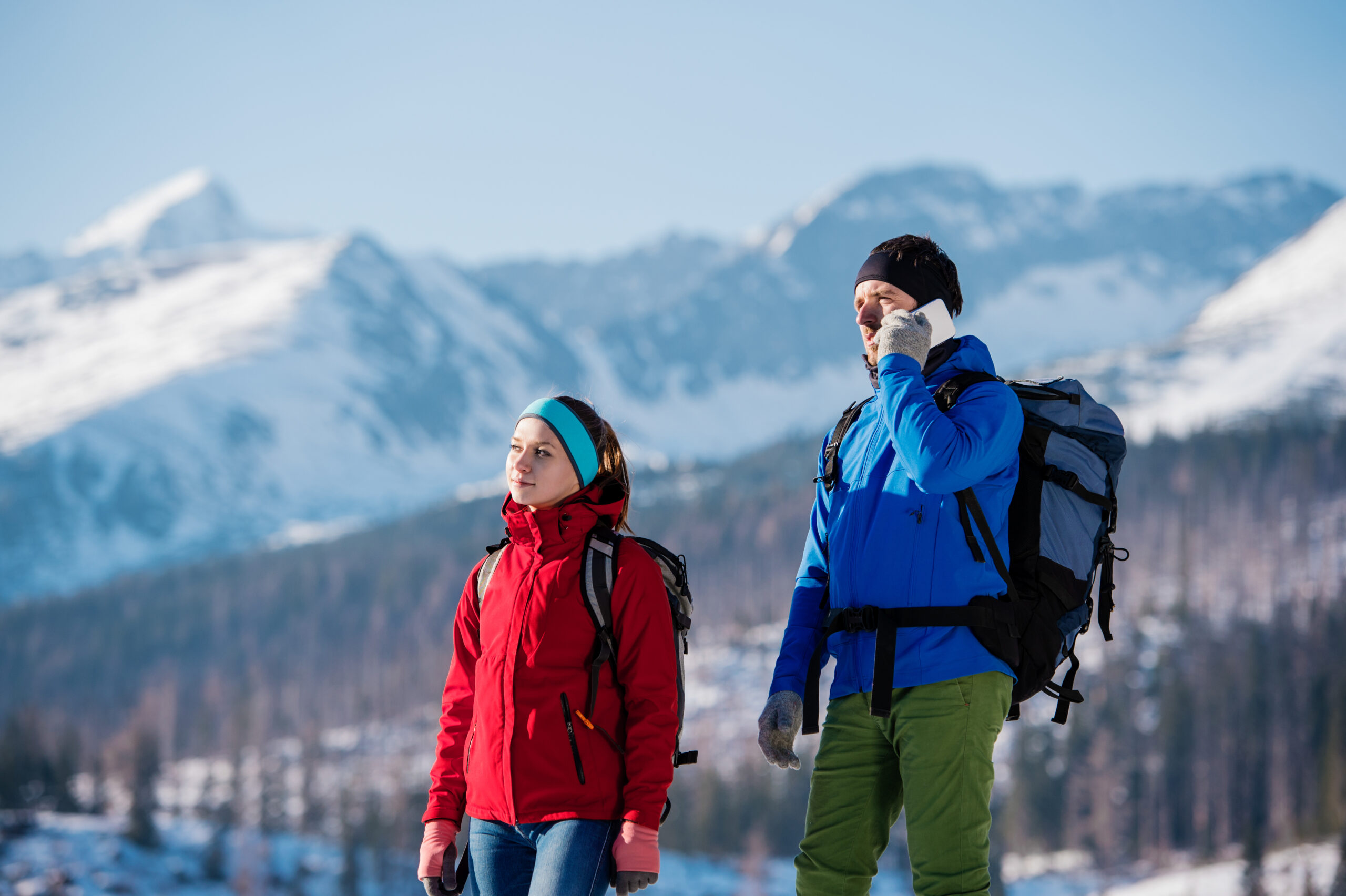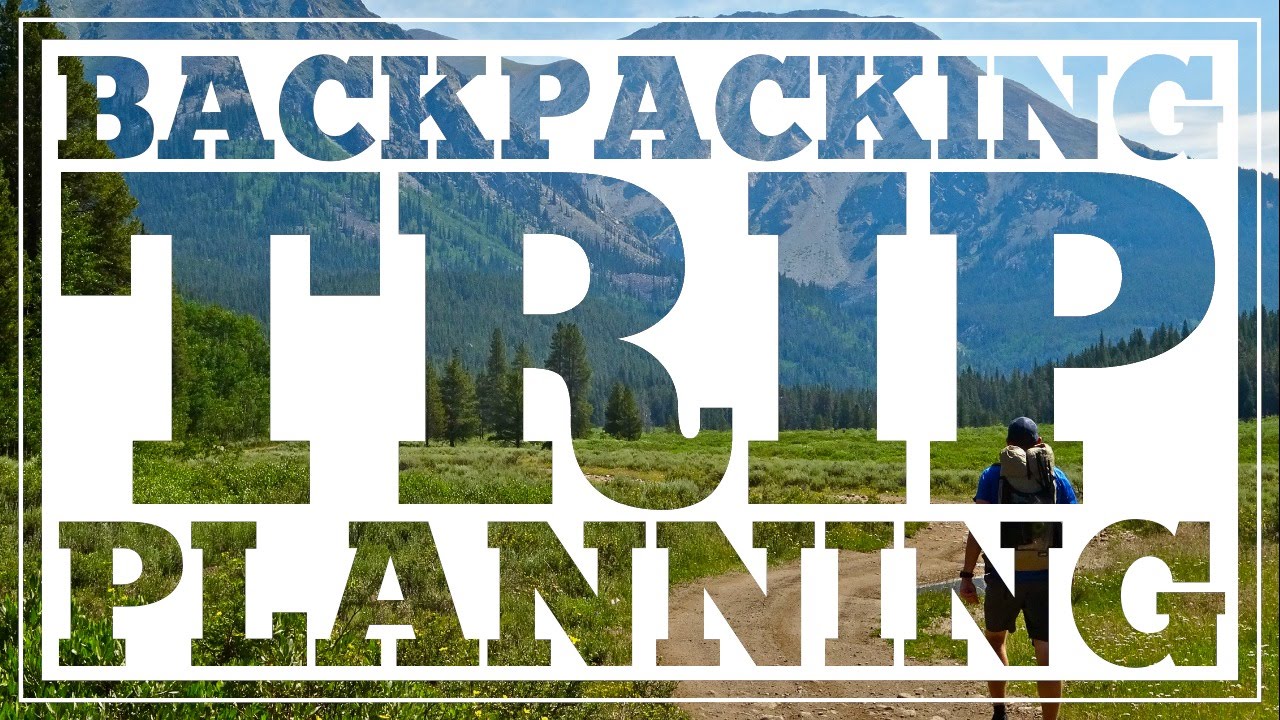Introduction to Winter Hiking
Winter hiking can be a challenging but rewarding experience. The crisp air, the snowy landscape, and the peacefulness of nature are all reasons why people enjoy winter hikes. However, it’s essential to take proper precautions when heading out on a winter hike to ensure your safety and comfort.
Dressing for Success: What to Wear on a Winter Hike
One of the most important aspects of winter hiking is dressing appropriately. You want to make sure you stay warm and dry during your hike. Here are some tips on what to wear:
Layer your clothing: Start with a moisture-wicking base layer, followed by insulating layers like fleece or wool, and then finish with a waterproof outer layer.
Protect your extremities: Wear gloves or mittens, as well as a hat that covers your ears. Make sure your boots have good traction and are waterproof.
Consider additional gear: Depending on how cold it is, you may also want to bring hand warmers, a neck gaiter, or even a face mask.
Staying Safe and Prepared on the Trail
In addition to dressing properly, there are other steps you should take to stay safe and prepared on the trail. Here are some tips:
Tell someone where you’re going: Let someone know your planned route and expected return time. This way, if something goes wrong, they will know where to look for you.
Bring appropriate gear: In addition to the clothes mentioned above, bring a first aid kit, extra food and water, and a flashlight or headlamp in case you get lost or stuck out after dark.
Be aware of weather conditions: Check the forecast before you leave and keep an eye on changing weather patterns while you’re on the trail. If bad weather rolls in, find shelter immediately.
Eco-Friendly Hiking Tips for Winter Treks
As more people discover the joys of winter hiking, it’s essential to practice Leave No Trace principles to protect the environment. Here are some eco-friendly hiking tips for winter treks:
Stick to designated trails: Avoid walking off-trail, as this can damage vegetation and cause erosion.
Pack out all trash: Don’t litter on the trail or at campsites. Take any garbage with you when you leave.
Respect wildlife: Keep your distance from animals and don’t feed them. Remember that they need space to survive too.
Spring Hiking Tips: How to Get Ready for Warmer Weather
Now that we’ve covered winter hiking, let’s move onto spring! Spring brings its own set of challenges, so here are some tips on how to prepare for warmer weather:
Gradually increase intensity: After spending months indoors, our bodies aren’t used to being active outside yet. Start slow and gradually build up your mileage and intensity.
Drink plenty of fluids: It might not feel as cold as winter, but you still need to stay hydrated. Carry enough water to last the entire trip.
Watch out for slippery surfaces: With melting snow and ice, trails can become very slick. Use caution and watch your footing.
Summer Hiking Tips: Beat the Heat with These Proven Techniques
Finally, let’s talk about summer hiking. While it might seem like the easiest season to hike in, heat exhaustion and dehydration are real risks. Here are some tips for staying cool on the trail:
Choose early morning or late afternoon hikes: Avoid hiking during peak sun hours when temperatures are highest.
Wear lightweight, breathable fabrics: Look for clothing made from materials like cotton or linen that allow airflow.
Stay hydrated: Drink plenty of water throughout your hike, even if you don’t feel thirsty.
Conclusion
Whether you’re hitting the trail in winter, spring, summer, or fall, always remember to dress appropriately, stay safe, and respect the environment. With these tips, you’ll be ready to tackle whatever Mother Nature throws your way.





